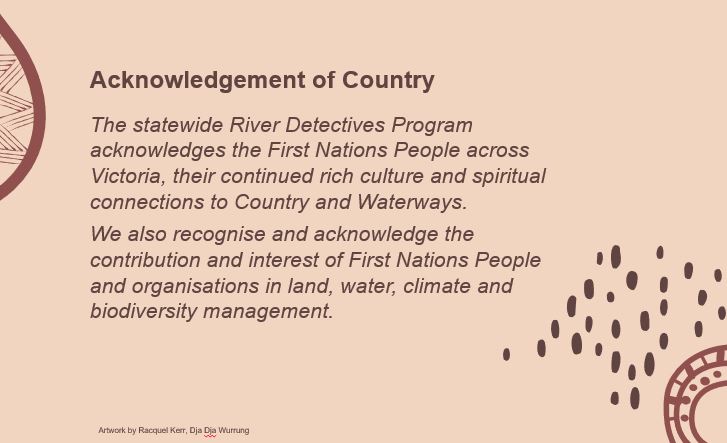Fact sheet
Wandiligong PS River Detectives Story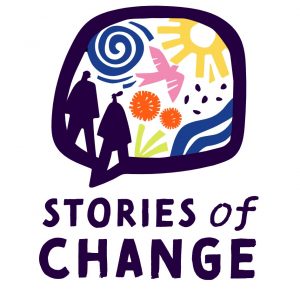
Wandilogong has successfully embedded River Detectives activity into the curriculum through their Sustainable Wandi program where learning about waterways complements food production, waste reduction initiatives and habitat creation. Watch the video to hear the highlights or read the full story here.
|
Minyip and Rupanyup Kinders River Detectives Story
The program does not routinely deliver incursions to early childhood settings but in 2024 there was an opportunity for this to happen in the Wimmera CMA region. This story is a lovely showcase of the curiosity, passion and learning that can be ignited in our very young people by the smallest of creatures that live in our waterways. Watch the video to see the highlights or read their full story here.
|
River Detectives Achievements reports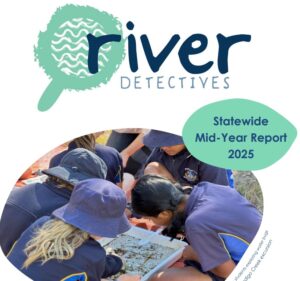
Celebrate the latest program achievements and highlights from schools across all five participating regions of Victoria as they learn about our precious waterways and catchments. For previous reports, contact riverdetectives@nccma.vic.gov.au For the 2025 North Central CMA region mid-year achievements report click here.
|
Waterbirds and Farm Dams brochure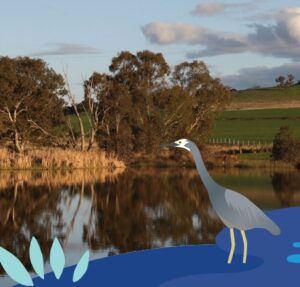
This guide can help landholders understand the habitat requirements of waterbirds to create or enhance a water body to attract native fauna. This has the added benefits of improving water quality and adding a valuable natural asset to the property.
|
Enhancing Farm Dams brochure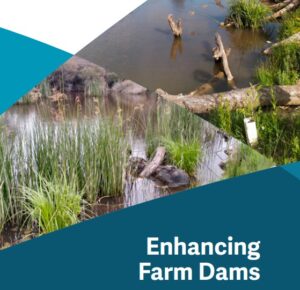
Farm dams can serve dual purposes as water supply for stock/households as well as important refuges for native fauna. Use this guide to learn how to enhance dams to conserve the ‘Magnificent Six’ – a group of threatened floodplain specialist fish on the brink of extinction in the southern Murray-Darling Basin. These species are southern pygmy perch, Yarra pygmy perch, southern purple-spotted gudgeon, Murray hardyhead, olive perchlet and flat-headed galaxias. Also see the resource, ‘Waterbirds and Farm Dams’ for creating habitat for waterbirds.
|
Of Dragons and Damsels articles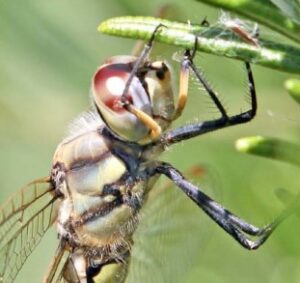
Wombat Forestcare have published two excellent articles over several editions showcasing dragonflies and damselflies with some great information and gorgeous images. Part 1 Dragonflies: March 2023 edition, pages 4-6 Part 2 Damselflies: June 2023 edition, pages 3-5
|
Tullaroop Catchment Project River Health Snapshot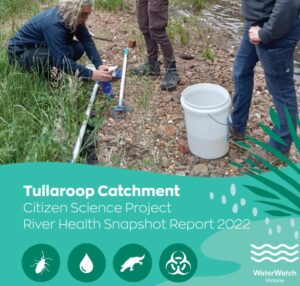
Gauge the health of waterways in the Tullaroop Catchment project area using this compilation of water quality and water bug data collected by citizen-scientists.
|
Frank Steele’s volunteer video story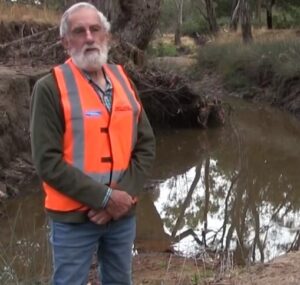
To celebrate the Waterwatch Program’s 30th anniversary, Frank Steele shares why he has enjoyed volunteering as a water quality monitor for the past 11 years. His story highlights the value in monitoring intermittent waterways and collecting photos, even in dry times, as a way of tracking change over time and measuring climate change. To read the written story click here.
|
Pesticide Watch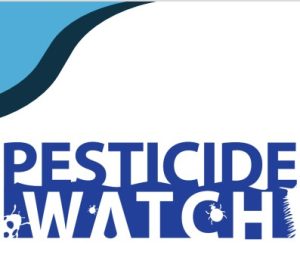
In 2024 some schools will value add to their monthly water quality monitoring by opting in to participate in Pesticide Watch, a nation-wide program run by Brady Hamilton at Deakin University helping communities identify pesticides in their local waterways through citizen-science. Find out more about the program by watching this video, about the testing procedure by watching this video, about the sampling protocol in this guide or watching this webinar we recorded with Brady all about pesticides and the research project. The 2023 results have been published in this summary report. For pesticide teaching resources click here or to follow the project join the Pesticide Watch Facebook Page. You can contact Brady Hamilton from Deakin University directly; brady.hamilton@deakin.edu.au
|
Presentation Template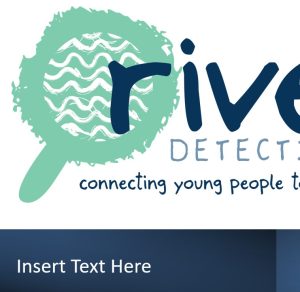
Teachers and students can edit this River Detectives slideshow template to present content, share findings, showcase photos or present projects internally in class, at school assemblies or information evenings OR externally for award nominations, forum presentations, etc. It can be used at in-person or shared on screen during online events.
|
School stories from the North Central CMA region
Be inspired by the way schools in the north central region are implementing the program; Victory Christian College (2024), Daylesford Dharma School (2023) and Bridgewater PS (2022). You can also view a video story about Victory Christian College or Bridgewater Primary School.
|
Caring For The Campaspe Project River Health Snapshot 2021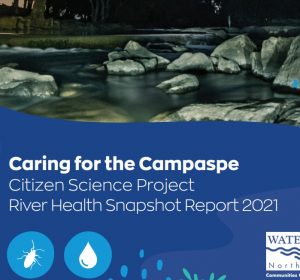
Gauge the health of waterways in the Campaspe River using this compilation of water quality and water bug data collected by citizen-scientists.
|
Wildlife of Native Grasslands on Victoria’s Northern Plains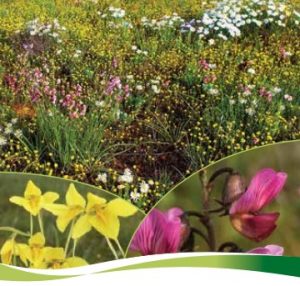
Victoria’s Northern Plains grasslands support unique yet highly endangered and severely fragmented communities of plants and animals. Over the past 180 years, more than 99% of grasslands have been removed or substantially altered for agriculture. Learn about the creatures that rely on this important habitat and the plants and vegetation that support them. Head to fauna for videos about endangered Plains-wanderer birds.
|
Saving the endangered Plains-wanderer bird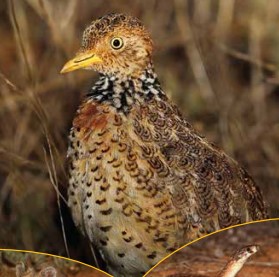
Critically endangered and at risk of imminent extinction, the North Central CMA is working in partnership with Trust for Nature and Australia’s National Recovery Team for the Plains-wanderer. Find out more about Plains-wanderers by viewing these videos about these quirky creatures; of using song meters to monitor populations, Werribee Zoo’s captive breeding program, incubating Plains-wanderer eggs and this gorgeous footage of the first captive-bred chicks. A picture storybook has now been released with teacher notes and is a great way to engage young learners. You can also use this beautiful colouring sheet. To learn more about the unique habitat of the Plains-wanderer check out the brochures ‘Plants and Vegetation of Native Grasslands on Victoria’s Northern Plains’ and ‘Wildlife of Native Grasslands on Victoria’s Northern Plains’.
|
Indigenous Plant Use booklet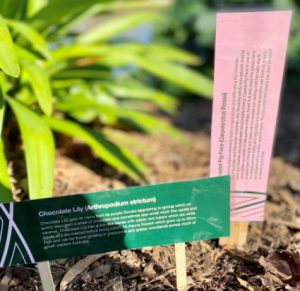
This booklet describes the medicinal, nutritional and technological uses of native plants found widely across the eastern Kulin Nation. The guide increases awareness of cultural plants although we suggest you seek advice from your local Traditional Owner group for specific information. The guide will help you design and establish a cultural garden with plant labels you can print, laminate and install.
|
Nature Guides of Central Victoria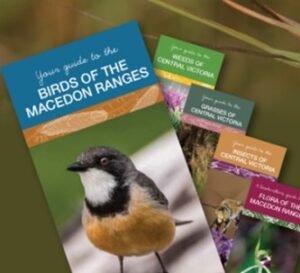
These user-friendly field guides have been produced by Macedon Ranges Shire Council for easy identification of central Victorian insects, birds, flora, weeds and grasses. Hard copies may be available from the Shire.
|
A to Z Creature Feature poster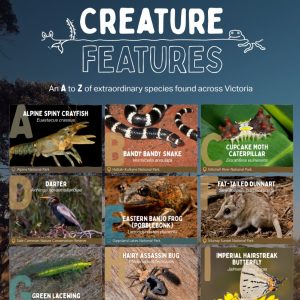
From the Alpine Spiny Crayfish to the Zebrafish, Parks Victoria’s A-Z poster will help students learn about some of Victoria’s weird and wonderful plants and animals. For more information about the places where they are found head to the Parks Victoria website.
|
Bendigo Creek Citizen Science Project River Health Snapshots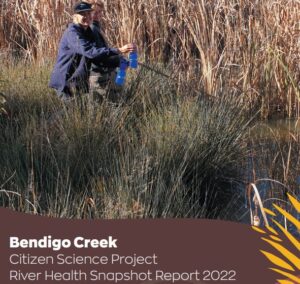
Gauge the health of the Bendigo Creek using this compilation of water quality and water bug data collected by citizen-scientists. To view and compare the 2021 report click here
|
Reimagining Bendigo Creek project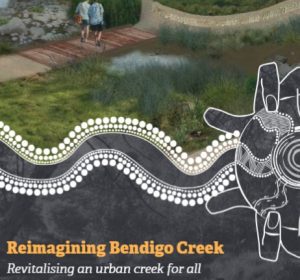
The Reimagining Bendigo Creek project is a long-term vision aiming to create a healthier, more inclusive, connected and beautiful Creek that we can all respect and value. Click the title link for details or use the project prospectus for a great summary of the issues that exist along the Bendigo Creek and the strategies to overcome them to assist Bendigo Creek reach it’s full potential.
|
Healthy Coliban Catchment Project River Health Snapshots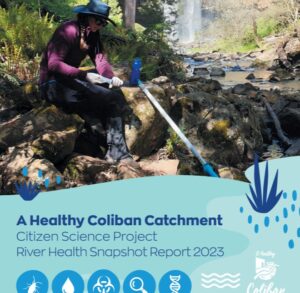
Gauge the health of waterways in the Healthy Coliban Catchment project area using this compilation of water quality and water bug data collected by citizen-scientists. You can also view and compare the 2022 or 2021 reports.
|
RiverScan Project River Health Snapshots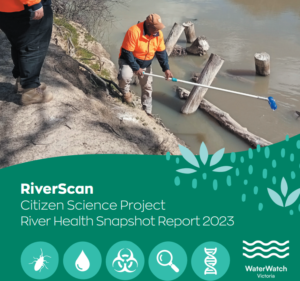
Gauge the health of waterways in the RiverScan project area using this compilation of water quality and water bug data collected by citizen-scientists. You can view and compare data in the 2021 and 2022 reports to track how things are changing.
|
Native Fish Recovery Plan Prospectus – Gunbower and Lower Loddon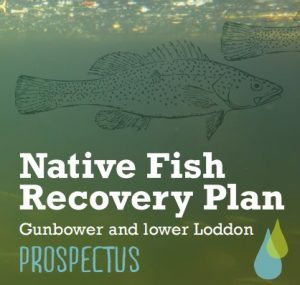
Although this document has been written for potential investors it is a great summary of the issues that exist in the Gunbower and Lower Loddon area and the strategies to overcome them. For a great example of agriculture working with environmental agencies to bring back endangered fish watch this video.
|
Caring for the Campaspe achievements brochure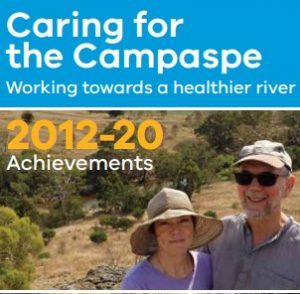
Read about the amazing achievements of this North Central CMA project from 2012-2020.
|
Site Selection Checklist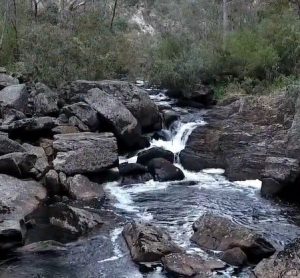
When choosing your site along a waterway or at a wetland for citizen-science activities (water quality monitoring, waterbug sampling and habitat surveys) there are many things to consider. Please refer to this checklist to assist you.
|
School stories from the North East CMA region
Be inspired by the way schools in the north east are implementing the program; Wandiligong PS (2024), Rutherglen PS (2023), Mitta Mitta PS (2022) and St Patrick’s PS Wangaratta (2020) You can also view a video story about Wandiligong PS here.
|
School stories from the Melbourne Water area
Be inspired by the way schools in the Melbourne Water area are implementing the program; Enjoy this story from Mount Lilydale Mercy College (2020) that shows how the River Detectives program can play a role in the secondary program of a large urban school.
|
School stories from the Corangamite CMA region
Be inspired by the way schools in the Corangamite region are implementing the program; Covenant College (2024), Timboon P-12 School (2023), Deans Marsh PS (2022) and Carlisle River PS (2020) You can also view a video story about Covenant College or Deans Marsh Primary School.
|
School stories from the Wimmera CMA region
Be inspired by the way schools in the Wimmera region are implementing the program; Minyip and Rupanyup Kindergartens (2024), Jeparit PS (2023 and 2021) and Stawell PS (2022). You can also view a video story about Minyip and Rupanyup Kindergartens or Stawell Primary School.
|
The impact of animal poo on our waterways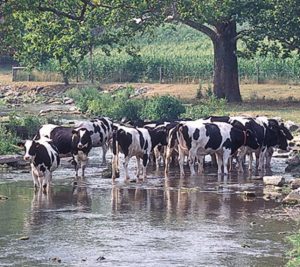
This article (and video) explains the impact animal poo has on our waterways and makes some interesting comparisons between the impact of native animal poo and exotic animal poo. The article is quite detailed but information can be extracted for younger students. The video is short and simple.
|
Kamarooka Saltland Restoration project fact sheet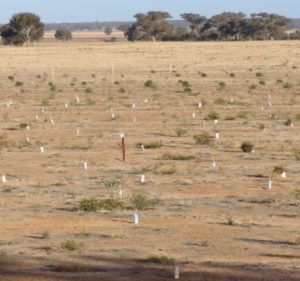
This fact sheet will be useful for secondary students to understand the positive impact that strategic revegetation on saline land can make to lower the watertable. Northern United Forestry Group’s Kamarooka Saltland Restoration project site is 30km north of Bendigo. More information about the project can be found here and excursions can be organised by emailing nufg@nufg.org.au
|
Platypus and Litter fact sheet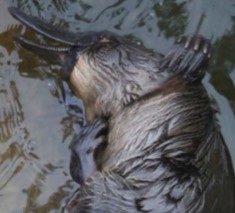
A simple fact sheet highlighting the horrific facts about litter and platypus and the good news of how we can help.
|
Annual Environmental/Cultural Celebration Dates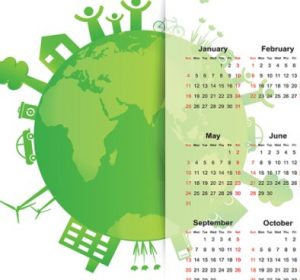
Schools and the community are invited to recognise and celebrate significant environmental / cultural days each year; some are regional, some national and some international. Many of these days tie in perfectly with the ethos of the River Detectives program and provide valuable opportunities to broaden/deepen environmental learning and encourage your students to advocate on a range of environmental and cultural issues. Check out this calendar (embedded with loads of links) and go wild !!
|
Campaspe River resource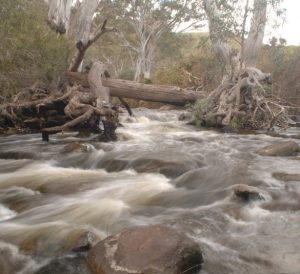
This guide is a great resource for teachers and older students to understand the Campaspe River; catchment, Aboriginal and European history, flows, health and management. Produced as part of the Caring For The Campaspe project, this guide will be a useful resource for the many schools now engaged with the project through the River Detectives program along the Campapse River.
|
Backyard Birds of Victoria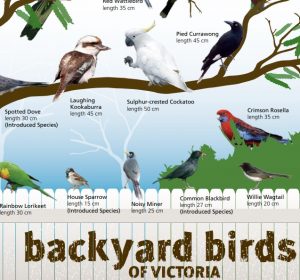
This great resource can be used as a identification chart for students to begin their birdwatching adventures and the second page is an excellent fact sheet with tips on bringing back birdlife to our parks, homes and gardens.
|
Bird colouring sheets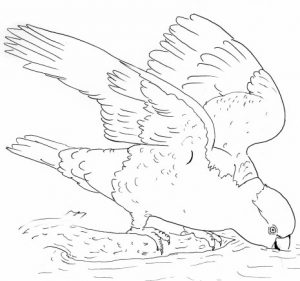
Birds can be thought of as ‘nature’s flying rainbows’. Colour these fact sheets or use them to inspire your own drawings and make a bird mobile or bird bunting to decorate your classroom, bedroom or garden: galah, pelican, rainbow bee-eater, red-capped parrot, star finch, variegated fairy-wren.
|
Backyard Buddies website
If you are looking to find out more about the native fauna and flora at your waterway, home, school, etc this website is a great place to start. ‘Explore‘ your own piece of wilderness by reading profiles about native birds, bugs/insects, mammals, frogs, reptiles and some plant families. Get busy with a project and ‘Create‘ buddy habitats for birds, bugs/insects, mammals, frogs, reptiles and plants. Use the tips to ‘Help‘ a backyard buddy.
|
Frogs of the Wimmera slideshow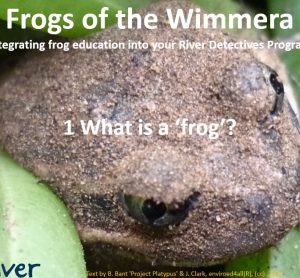
This very informative powerpoint presentation was put together by the Wimmera CMA as a PD for River Detectives educators in that region during 2020. It is full of information, graphics and useful links for teachers to brush up their own skills and arm themselves with content and resources to teach students about frogs.
|
Geographic Concepts for a Floodplain and Catchment powerpoint slides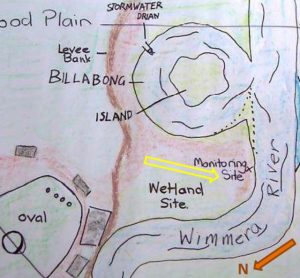
Want to know what some basic floodplain Geographic terms and concepts mean? Jeanie Clark from the Wimmera CMA put together the following three presentations to introduce the basic Geographic terms in a riverine landscape to teachers with little geographic training. Click on the links below to access each one. The slides could also be used with upper primary/secondary students. The Jeparit Showgrounds, Jeparit Primary School’s Waterwatch/ River Detectives site, was used as a local example to describe:
Jeanie is an ex-VCE Geography teacher and can be contacted through the Wimmera CMA for advice/support (time permitting).
|
Aussie Backyard Bird Count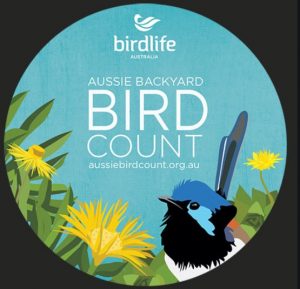
The Aussie Backyard Bird Count is an annual citizen-science event held in National Bird Week (October). It is a great way to connect with the birds in your backyard no matter where your backyard happens to be — a suburban backyard, a local park, a patch of forest, down by the beach, or the main street of town. You can use the App to do as many 20-minute surveys as you like over the week with the data collected assisting BirdLife Australia understand more about the birds that live where people live. Use the lesson plans to explore birdwatching at school. Check out an infographic of the 2020 results for some great maths stats.
|
Discover Ducks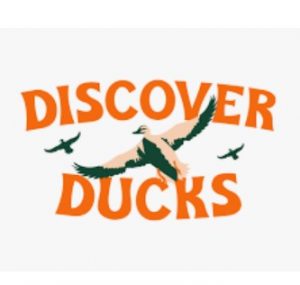
Did you know that Australia is home to 15 native duck species? Yet five in six Victorians can’t name a single one! The ‘Discover Ducks’ website wants to change this and build a nation of duck lovers who are passionate and knowledgeable about our native ducks. Head to this website to; learn about iconic Victorian duck species, learn how to care for ducks, use the duck detector guide to go duck spotting, use the duck detector map to find out where ducks have been spotted or add your own sighting, challenge yourself to the ‘know your ducks quiz’ or complete a fun survey to discover which duck you are.
|
Now and Then waterbug guide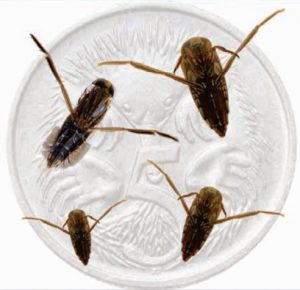
This booklet was produced quite some time ago by Corangamite CMA but remains a fantastic resource with waterbug profiles including fantastic photos showing the scale of bugs compared to a five cent piece, life cycle sketches, did you know facts and sketches/descriptions of the six main types of waterbug mouthparts (useful graphics for student research projects). Information and graphics from this booklet have also been used to produce our Waterbug Fact Sheets.
|
Environmental Water in Northern Victoria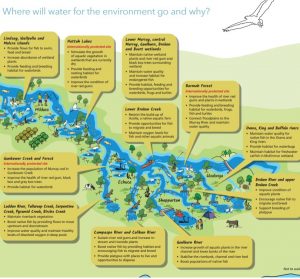
Many of Victoria’s rivers and wetlands have been modified to provide water vital for farms, homes and industry. Water for the environment also benefits communities by improving conditions for fishing, camping and canoeing. Improved water quality can have economic benefits for irrigation and urban water supply. This map shows how water for the environment will help improve and protect plants and animals in northern Victoria in 2020-21.
|
Importance of the Ground Storey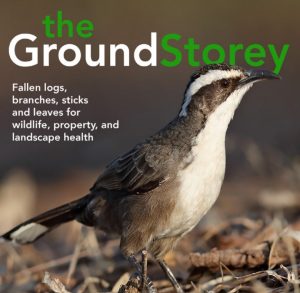
This resource developed by Goulburn-Broken CMA highlights the importance of ground storey to native fauna and catchments. Ground storey is the layer of leaf litter and woody debris found on the ground and is often misunderstood as a mess or fire risk that must be cleaned up. This guide with stunning nature photography can be used as a series of fact sheets for teacher background or student research.
|
Waterbirds Field Guide of the North Central region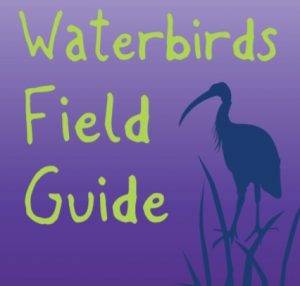
This guide produced by North Central Waterwatch includes fact files on waterbird species; description, distribution, diet, calls, breeding, habitat and conservation status. Beautiful photos make it a great asset for birdwatching at any waterway.
|
Waterbug fact sheets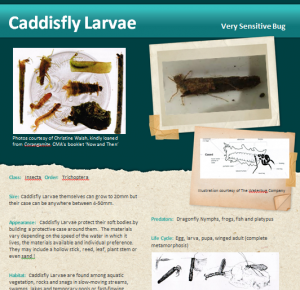
Comprehensive fact sheets on a variety of bugs in each of the sensitivity categories including photos and labelled sketches with information on size, appearance, habitat, diet, movement, predators, life cycles and other interesting facts.
|
Golden Perch Profile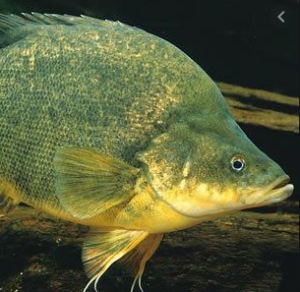
Find out about Golden Perch and their distribution across northern Victorian waterways.
|
Murray Cod Profile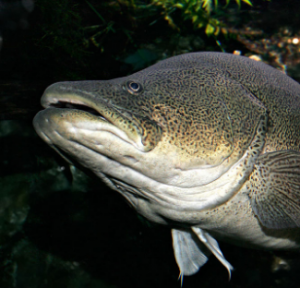
Find out about Murray Cod and their distribution across northern Victorian waterways.
|
Frogs Field Guide of the North Central region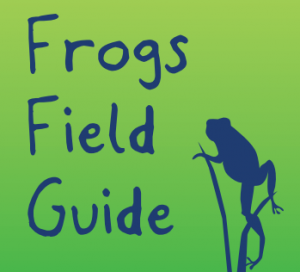
This guide produced by North Central Waterwatch includes fact files on frog species; description, calls, breeding, eggs, tadpoles, habitat and conservation status. It also clearly explains the different types of pupils, toes and eggs that can assist with frog identification. The frog profiles are also available as fact sheets; Growling Grass Frog, Peron’s Tree Frog, Southern Brown Tree Frog, Whistling Tree Frog, Barking Marsh Frog, Bibron’s Toadlet, Common Froglet, Common Spadefoot Toad, Giant Banjo Frog, Plains Froglet, Pobblebonk, Southern Toadlet, Spotted Marsh Frog, Striped Marsh Frog and Victorian Smooth Froglet.
|
Fish Field Guide of the North Central region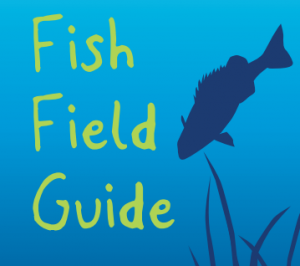
This guide produced by North Central Waterwatch includes fact files on fish species; description, breeding, fins, eggs, habitat, diet and conservation status including threats. A map showing the fish species approximate distribution in the North Central CMA region and a breeding cycle calendar is also provided for each species, along with a photo or two. The fish profiles are also available as fact sheets; Short-headed Lampray, Bony Bream, Common Galaxias, Mountain Galaxias, Flat-headed Galaxias, Spotted Galaxias, Australian Smelt, Freshwater Catfish, Murray Hardyhead, Un-specked Hardyhead, Murray-Darling Rainbowfish, Golden Perch, Macquarie Perch, Trout Cod, Murray Cod, Silver Perch, River Blackfish, Southern Purple-spotted Gudgeon, Flathead Gudgeon, Dwarf Flathead Gudgeon, and Southern Pygmy Perch .
|
Wonderful Waterbugs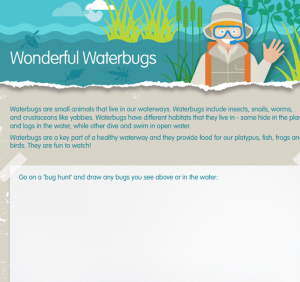
You may like to use this activity sheet from Melbourne Water when completing a sampling activity – includes a space to sketch the bugs you find and profiles on five common waterbugs.
|
Salinity Scale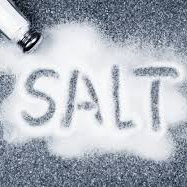
Use this resource to check the salinity tolerances of humans, crops, livestock, compare your EC results and understand how salinity can impact on all areas of life.
|
Carp Fact Sheet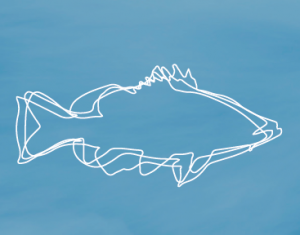
Find out about this introduced fish species and how carp impact on our waterways
|
Barapa Barapa Field survey plant guide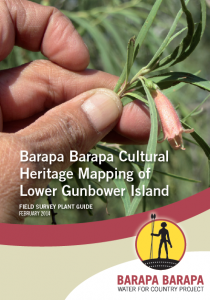
Find out more about plants in the Barapa Barapa region through pictures and descriptions of the plant, it’s habitat and it’s traditional uses.
|
Our platypus – information brochure (posters)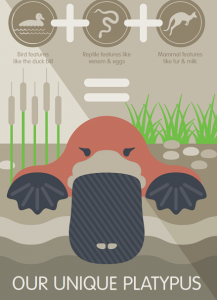
This brochure developed by Melbourne Water is useful for any region with great information presented in a very clear format that could be used as posters for the classroom.
|
Creating a frog friendly habitat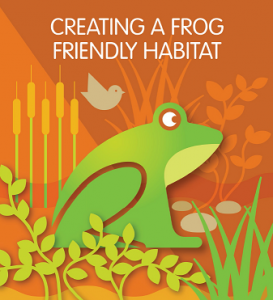
Find out all about how to create a frog friendly habitat
|
Controlling carp fact sheet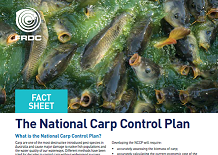
Find out all about the National Carp Control Plan – informative and interesting!
|
Waterbug Cards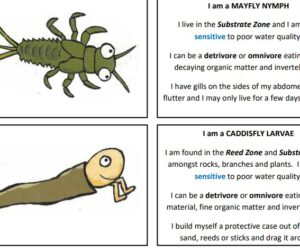
Use these cards to;
|
Salinity – fact sheet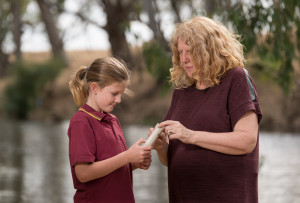
Salinity refers to the movement and concentration of salt through the landscape. Find out more here!
|
What is a catchment?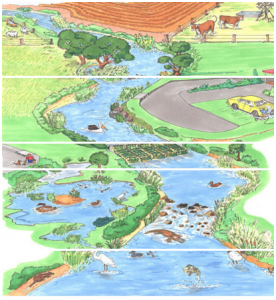
This is useful fact sheet to define and explain catchments. For more detail about how catchments and waterways are interrelated and how they can be protected see this fact sheet for older students.
|
Algae fact sheet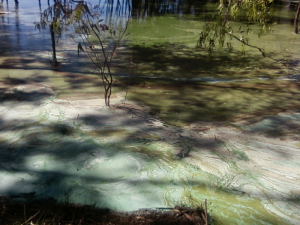
|
Stormwater fact sheet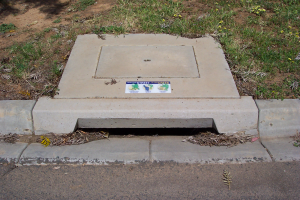
What is stormwater? Where does it come from, where does it go and what can we do to help protect our waterways?
|
Phosphorus – fact sheet
Your quick reference guide to all things phosphorus.
|
Habitats near a waterway – fact sheet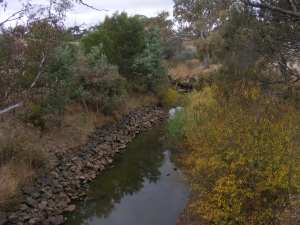
Find out about the different habitats near and in a waterway and why they are important.
|
What is the riparian zone? – fact sheet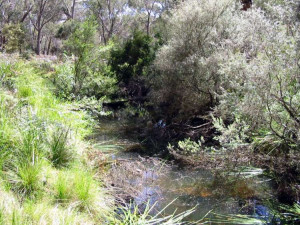
The riparian zone is any land that adjoins, directly influences, or is influenced by a body of water. Find out what the values, threats and management concerns are.
|
Blackwater Fact sheet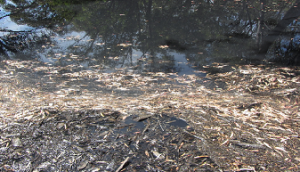
Find out about why water sometimes turns black!
|
Woody Habitat Fact Sheet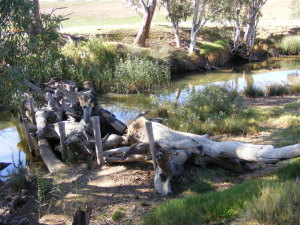
Find out what woody habitat is and why it is an important part of waterways.
|
Foam fact sheet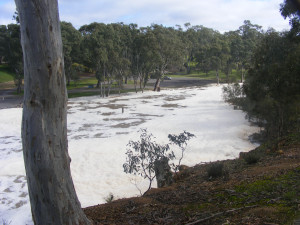
Find out how and why foam occurs in waterways.
|
Turbidity Fact Sheet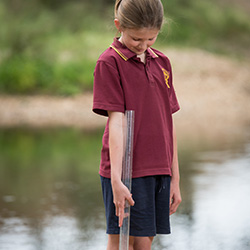
|
pH Fact sheet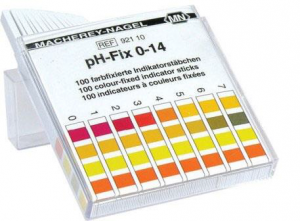
|
Water Bug Flip Charts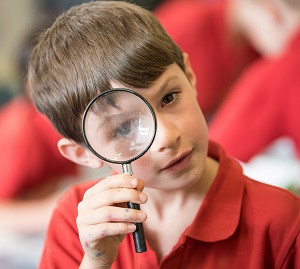
An interactive resource about the most common macroinvertebrates. Set on a 5 cent piece, images help students understand the size and scale of waterbugs and when your mouse hovers on an image it flips to reveal a fact file of the bug’s name, size, physical features and interesting adaptions.
|

